
Dingo
Dingo
Dingo
Are you familiar with the animal called 'Dingo'? Some of you might not have heard of it, and those who have might also be aware of the terrifying incident involving a dingo. Including that incident, let us introduce you to what kind of animal the dingo is.
Dingo Basic Infomation
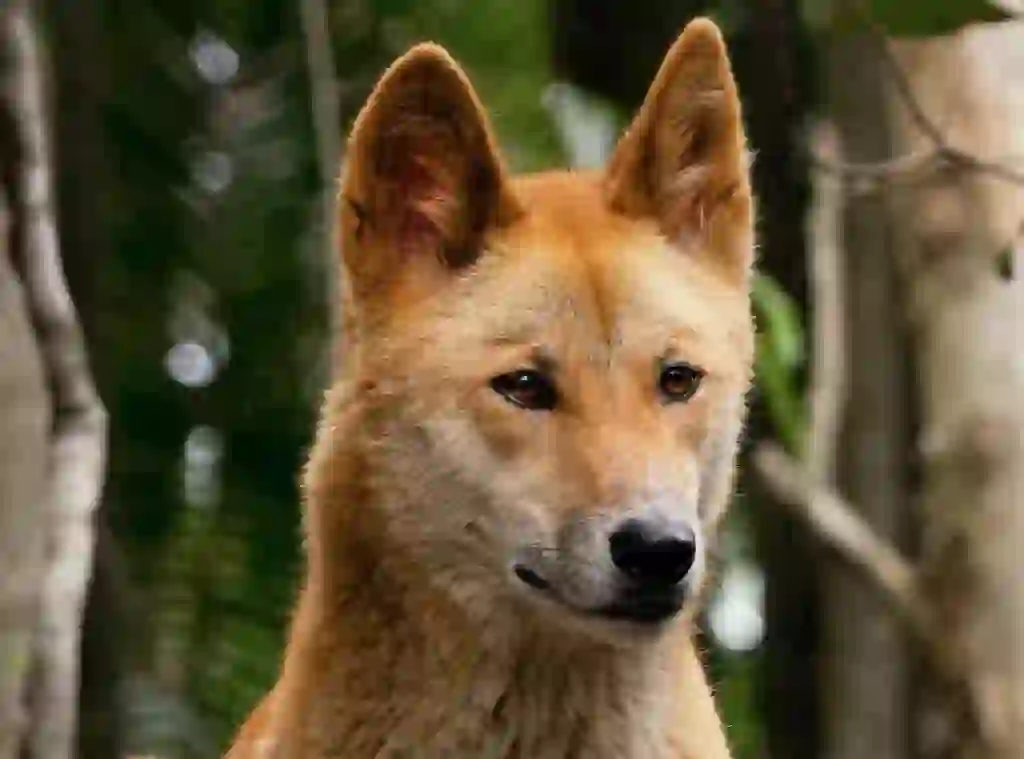
Family: Canidae, Subfamily: Caninae, Tribe: Canini, Genus: Canis, Species: Dingo
Body length: 103-122 cm, Tail: 30-33 cm
Weight: 10-15 kg
Dingoes primarily reside in the Australian continent, living in deserts, grasslands, forests, and lush green areas. Most dingoes are the size of medium to large dogs and have yellow fur with upright ears.
However, their color and size slightly vary depending on their habitat. For example, desert-dwelling dingoes have red, golden yellow, or sand-colored fur and are slightly smaller than dingoes living in other areas.
In contrast, dingoes that live in the mountains have cream-colored fur, which suggests that their color and size have evolved to adapt to their living conditions.
While they share physical traits and fur color with Shiba Inu, dingoes are not dogs but a type of wolf known as the dingo.
Dingoes are still the subject of ongoing research, with much unknown and differing opinions among scholars. Let's unravel more about the dingo, considering various perspectives.
Dingo Q&A

What is the origin of the name 'Dingo'?
The name 'Dingo' dates back to the days when the Aboriginal tribes in Port Jackson Bay, Sydney, had a type of dog they called 'Tingo'. This name evolved into 'Dingo' over time.
Commonly referred to as 'Dingo', they are known by various names depending on the region or people. For example, those living in high mountains are called 'Highland Dingoes', and those in deserts are referred to as 'Desert Dingoes'. Other names include 'Northern Dingo', 'Cape York Dingo', and 'Tropical Dingo'.
As mentioned, the variation in fur color and body size across different regions could be why they are referred by different names.
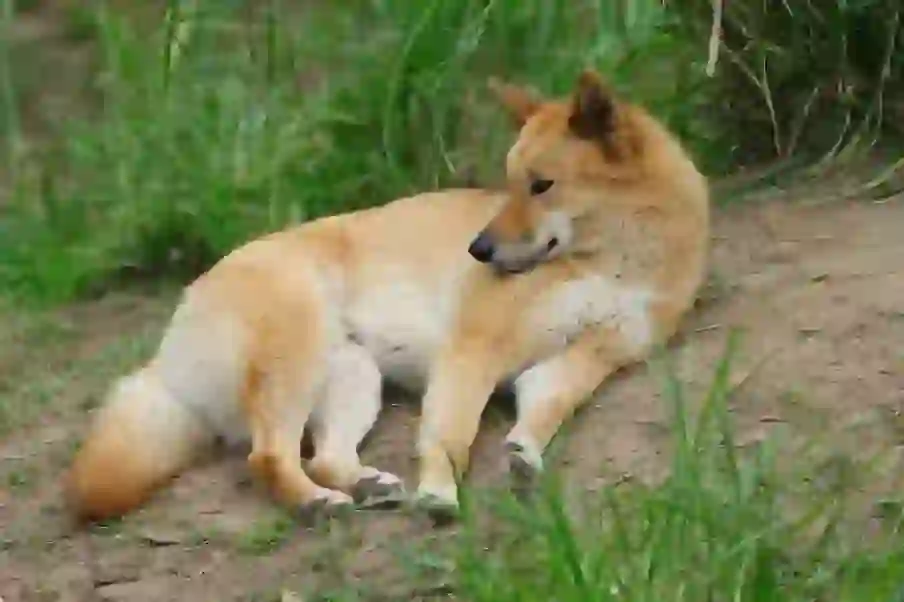
Why do Dingoes live there?
It is believed that Dingoes were brought to Australia around 4000 to 5000 years ago by people trading from Indonesia or India. Since then, Dingoes have lived alongside the Aboriginal peoples of Australia.
Some Dingoes lived with the Aboriginal people, eating leftovers from human meals and even sleeping beside them for warmth, which paints a charming picture of their domestic life.
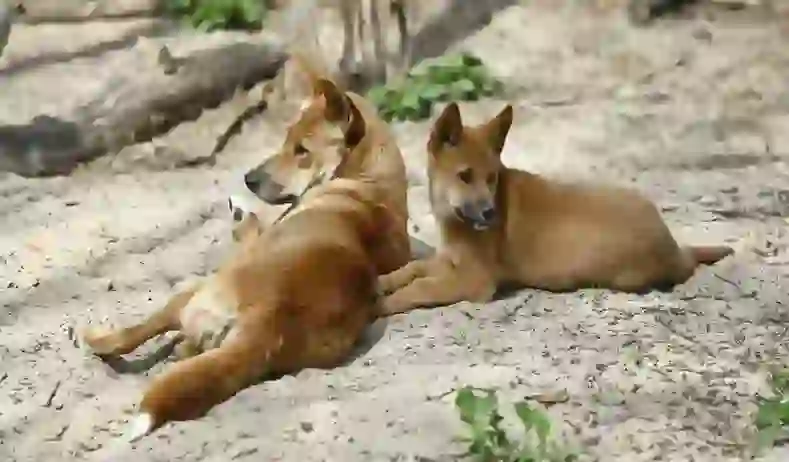
What do Dingoes eat?
Dingoes primarily hunt rabbits, mice, and wallabies, which are animals with well-developed front teeth. They also consume birds, lizards, and fruits.
Since they often hunt in packs, small animals are caught individually, while larger prey is taken down cooperatively by the group. A typical pack consists of about ten individuals, all cooperating to ensure everyone is fed.
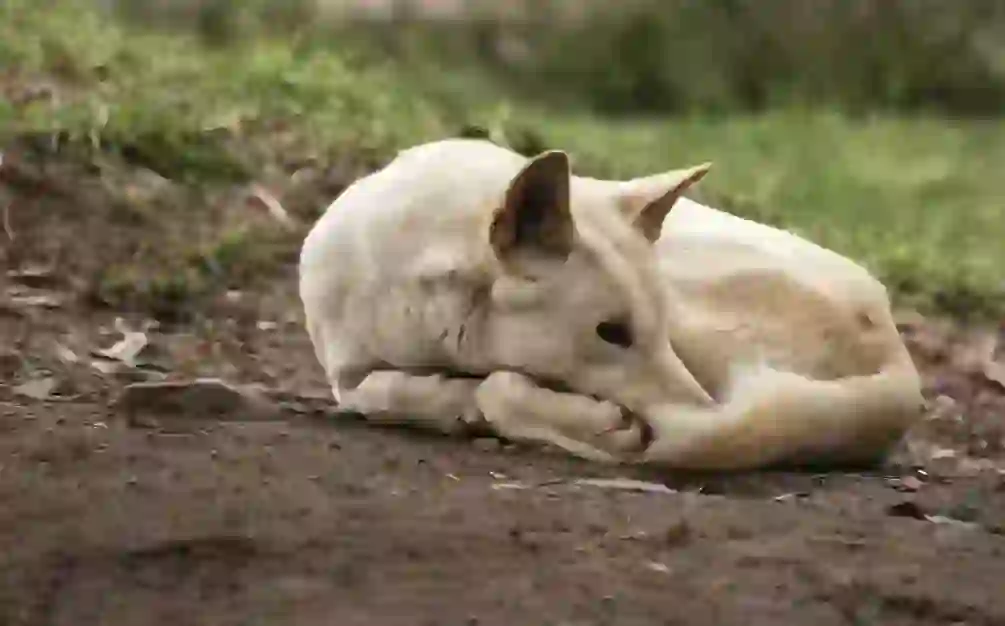
What is the lifespan of a Dingo?
In the wild, Dingoes live about 5 to 10 years, but under controlled conditions where the environment is favorable, they can live up to 18-20 years. This is somewhat longer than the average lifespan of medium to large dogs.
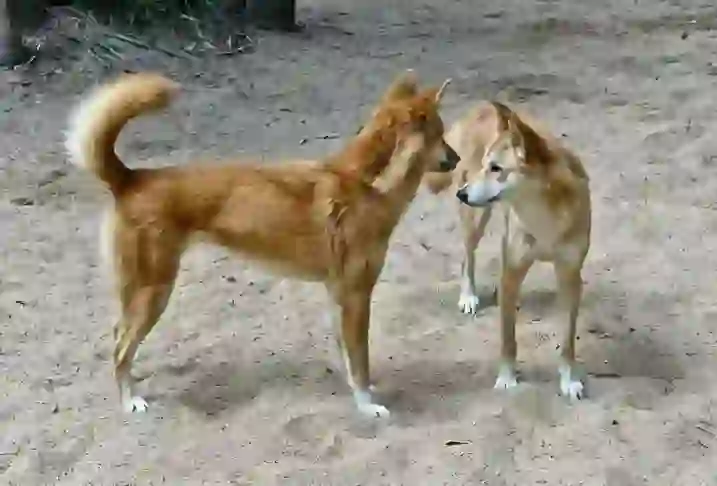
Is the Dingo a different animal from dogs?
Although originally referred to as wild dogs and resembling domestic dogs in appearance, Dingoes are considered a distinct type. Previously thought to be a subspecies of wolves, they are now considered alongside domestic dogs within the same species due to genetic studies.
However, some researchers argue that they should be treated as a separate species. There are also 'Dingo Hybrids', which result from Dingoes breeding with domestic dogs. These hybrids are popular pets, but this has led to a decline in the population of purebred Dingoes, particularly on Fraser Island, known for having the most purebred populations.
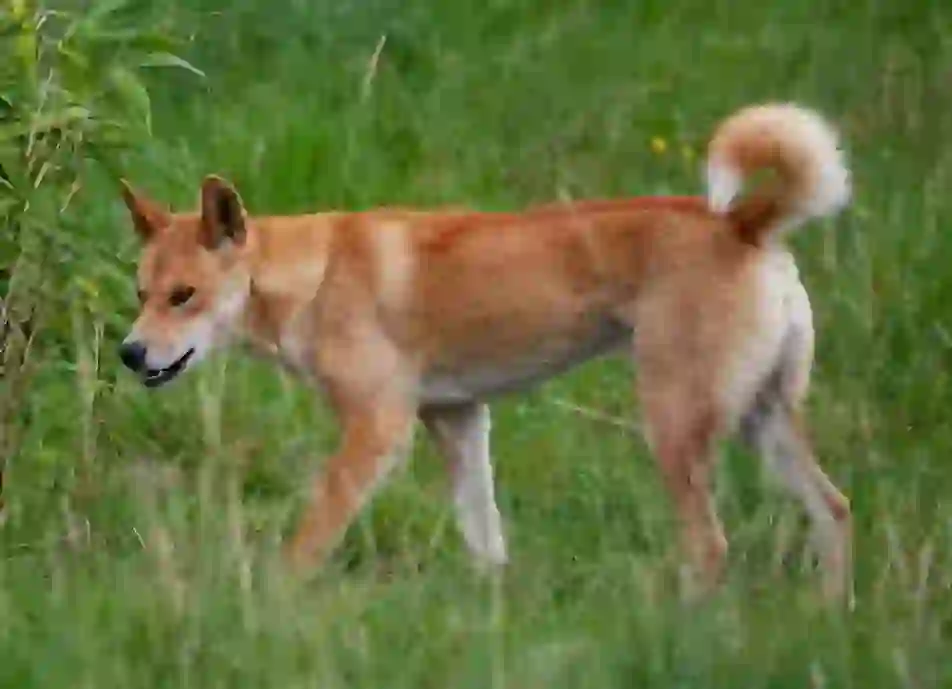
How do Dingoes reproduce?
Dingoes breed between May and July, and after a gestation period of about nine weeks, three to four pups are born. Parenting is not solely the responsibility of the parents as older siblings also help to care for the new pups. The father and mother work together to mark their territory and provide food while the older siblings look after the young pups.

Are Dingoes really strong?
Dingoes hold a top position in the Australian wildlife hierarchy. They were involved in a conflict with another native species, the Thylacine, which led to the Thylacine's extinction. Today, Thylacines are only found on Tasmania where Dingoes are absent.
The Tasmanian Devil has also become extinct in mainland Australia and survives only in Tasmania, partly due to the presence of Dingoes. Despite their cute appearance, Dingoes are ferocious and have a strong territorial instinct.
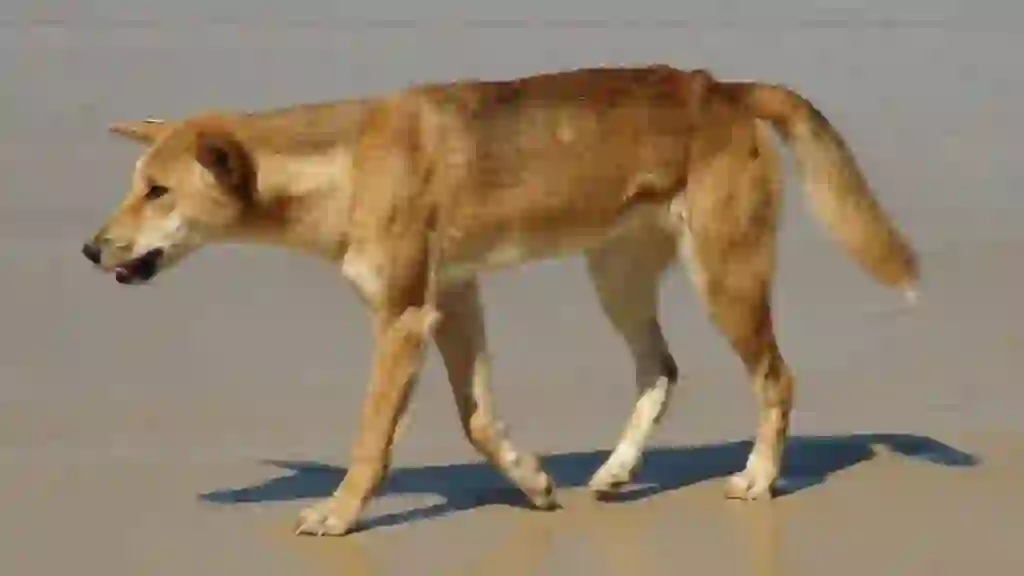
What was the terrifying incident involving a Dingo?
Referring to the incident discussed briefly earlier, there was a tragic event in 1980. A baby girl disappeared from a campsite near Ayers Rock, and her mother claimed that a dingo had taken her. Initially, there was no evidence to support her claim, and she was wrongfully convicted of murder, while the father was given a suspended sentence.
In 1988, a major breakthrough occurred when part of the baby's clothing was found in a dingo's den, leading to the mother's exoneration. The investigation continued, and it was not until 2012 that it was officially recognized that a dingo was responsible for the baby's death.
Other incidents of dingoes attacking humans have occurred, resulting in over a hundred being euthanized to manage the population and mitigate the threat.
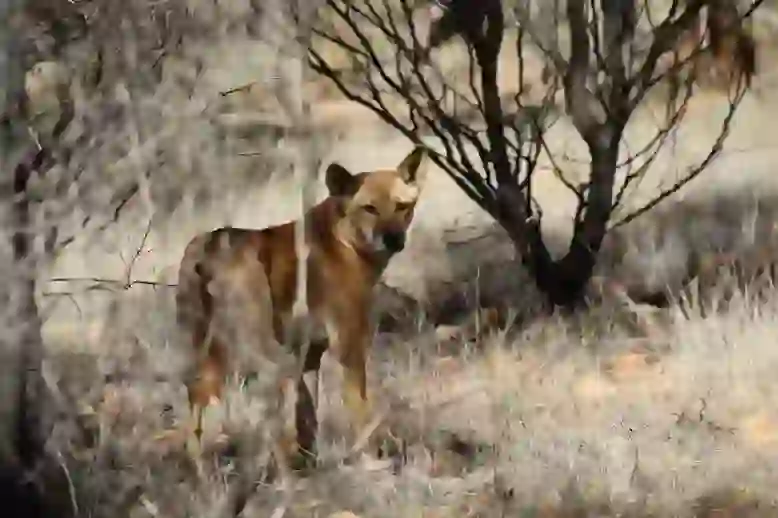
Is the Dingo an endangered species?
As mentioned, while the number of Dingo hybrids is increasing, the population of pure Dingoes is declining, and they have been classified as an endangered species. There are conservation efforts underway, including sanctuaries established to protect them and change public perception of them as dangerous animals.
Opinions vary regionally, with some seeing them as threats to livestock and pets, while others appreciate their role in controlling populations of feral cats and foxes. In some areas, they are managed under the same laws as domestic dogs, which include culling them as pests.
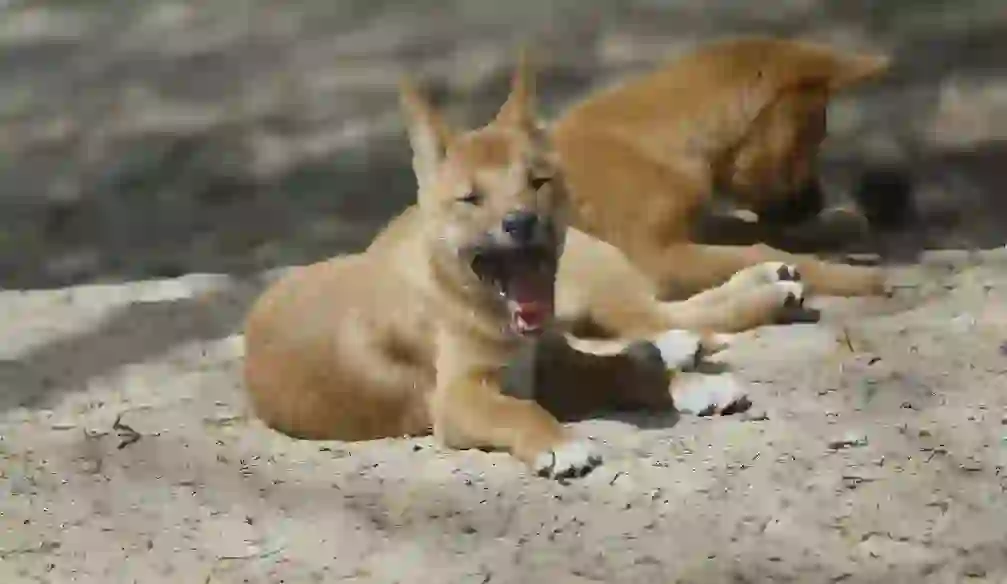
What is the Purebred Status of Dingoes According to the Latest Genetic Research?
The latest genetic research has revealed that many dingoes are purebred. Previously, it was believed that dingoes had extensively interbred with dogs. However, new methods have shown that most dingoes are actually purebred.
The new genetic analysis technology allows for a very detailed examination of dingo DNA. Previously, only 23 locations were analyzed, but now the technology can examine 195,000 locations. This makes it possible to more accurately determine whether dingoes have any dog ancestry.
The results of the regional surveys are also interesting. In Victoria, it was previously reported that only 4% of dingoes were purebred, but the new research found that 87.1% are purebred. In New South Wales and Queensland, most dingoes were found to be purebred with very little hybridization with dogs. Similar high levels of purity were found in the Northern Territory, South Australia, and Western Australia.
These research findings indicate the importance of protecting purebred dingoes rather than categorizing them all as 'wild dogs.' Previous methods overestimated the amount of hybridization with dogs, so it is necessary to reconsider the management practices for dingoes. It is important to protect purebred dingoes and re-evaluate their significant role in the ecosystem.
We hope that this new information will further advance discussions on the protection and management of dingoes.

Would you like to become a part of the 'Animalbook.jp'?
Turn your knowledge into Q&A and share it with the world. ※Publication will be activated after purchase. Let's share information together!
Dingo Type of List

- Dingo
Information
Congratulations! You are the first commenter!

Create Your Favorite List!
Dingo
Save the animals you love! Build your own list to quickly revisit your favorites later.

Would you like to leave a comment?
※Please note: This is for the purchase of rights to post comments within the article.
Find Your Favorites!
Our shop offers a unique and attractive selection of goods themed around various animals.
Dingo References

- Wikipedia https://ja.wikipedia.org/wiki/ディンゴ
- PETOKOTO MEDIA https://petokoto.com/articles/1015
- おーすとらりあのどうぶつ https://contest.japias.jp/tqj2000/30068/animal/dingo.html
- 犬とわたしのココロつながる。わんちゃんホンポ https://wanchan.jp/osusume/detail/10551
- AFP BBNews https://www.afpbb.com/articles/-/3214523
- コトバンク https://kotobank.jp/word/ディンゴ-100620
- ピクシブ百科事典 https://dic.pixiv.net/a/ディンゴ(動物)
- NATIONAL GEOGRAPHIC https://natgeo.nikkeibp.co.jp/nng/article/20141218/428863/
- TVでた蔵 https://datazoo.jp/w/ディンゴ/57647993
- ドッグ・ギア パスワーク株式会社 https://passwork.co.jp/2019/10/01/野生の犬ディンゴについて想うこと/
- weblio辞書 https://www.weblio.jp/content/ディンゴフェンス
- ANIMALS THE MYSTERIOUS https://ani-mys.com/犯人は誰?『ディンゴ・ベビー-アザリア・チェン/
- 『Purebred dingoes more common than researchers thought, genetic study finds』
Dingo Introduction of media used

出典:https://pixabay.com/images/id-7606263/

出典:https://unsplash.com/ja/写真/cG3VVW2_MME

出典:https://pixabay.com/images/id-7180898/

出典:https://pixabay.com/images/id-6325714/

出典:https://pixabay.com/images/id-2314524/

出典:https://pixabay.com/images/id-4423593/

出典:https://pixabay.com/images/id-7180893/

出典:https://pixabay.com/images/id-2258012/

出典:https://pixabay.com/images/id-6247562/

出典:https://pixabay.com/images/id-7180931/

Help Enrich Our Animalbook.jp with Your Media!
We are constantly looking to expand and enrich our Animalbook.jp with amazing photos and videos of animals. If you have any media that you'd like to share, please contribute and help us showcase the beauty and diversity of the animal kingdom. Your submissions will be credited and featured in our encyclopedia, reaching a wide audience of animal lovers.


















